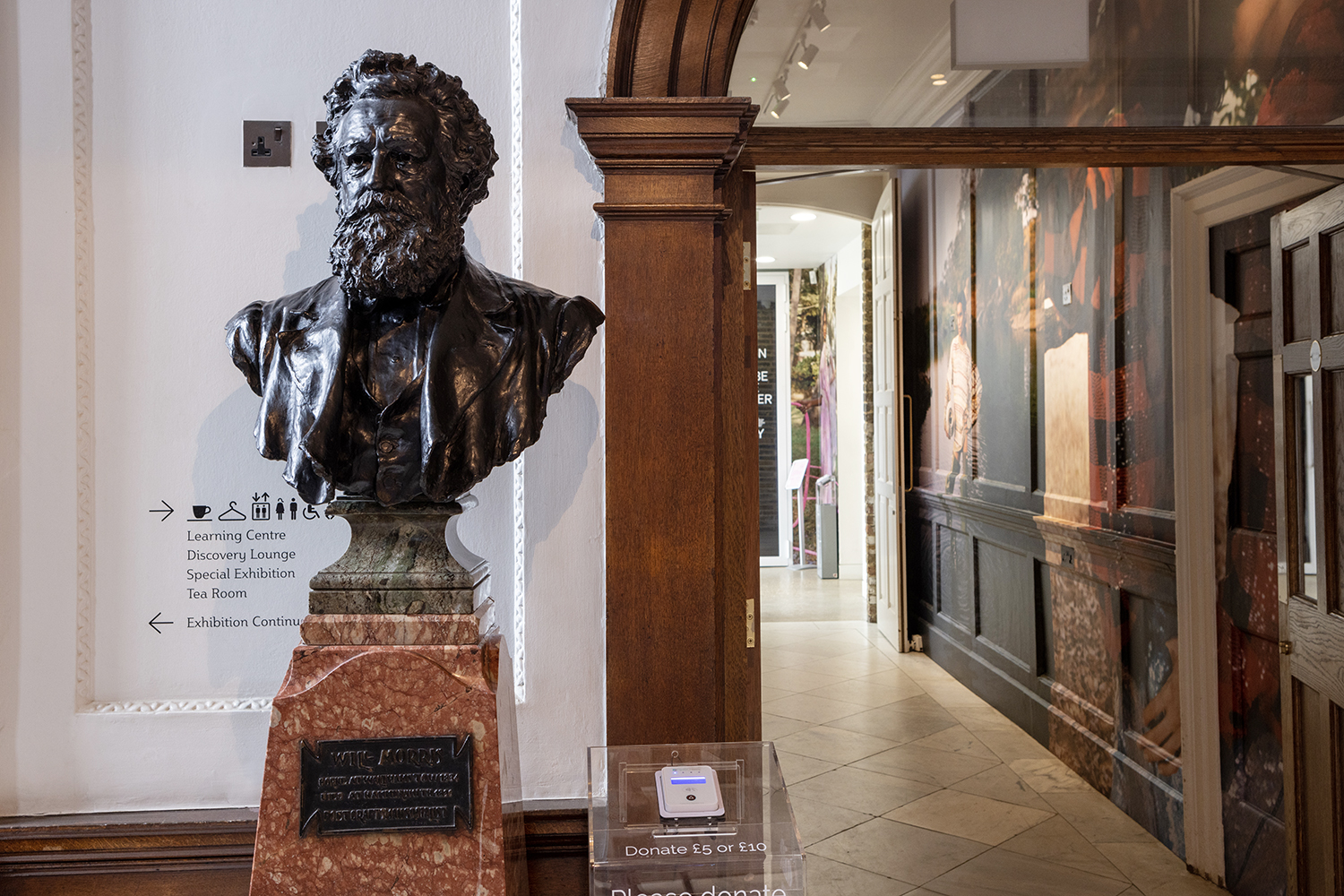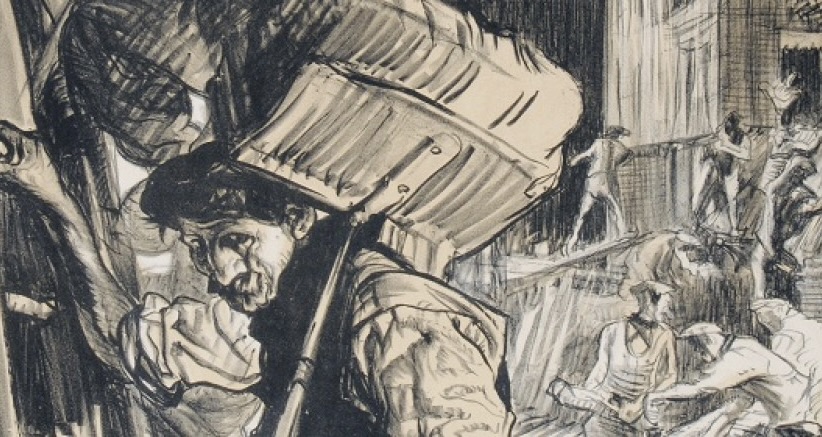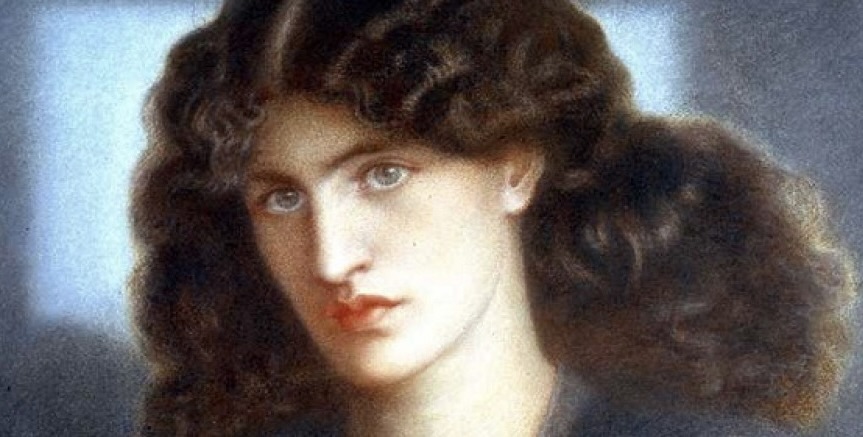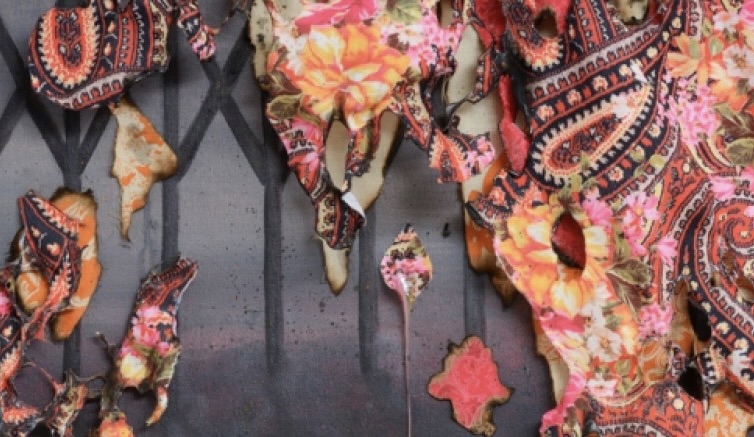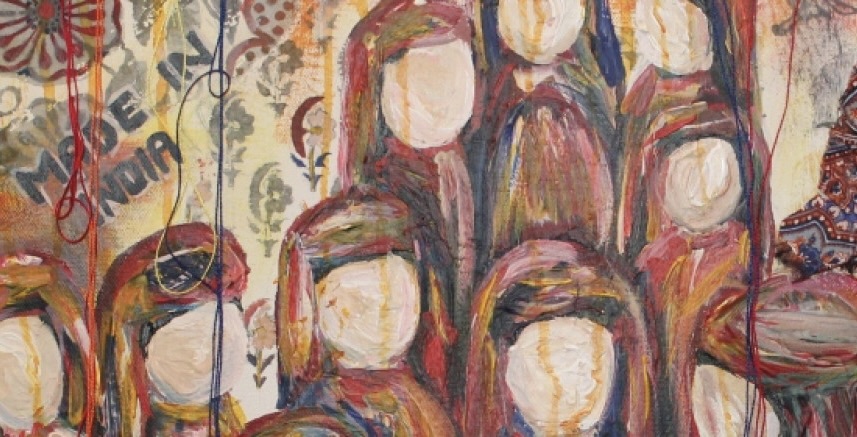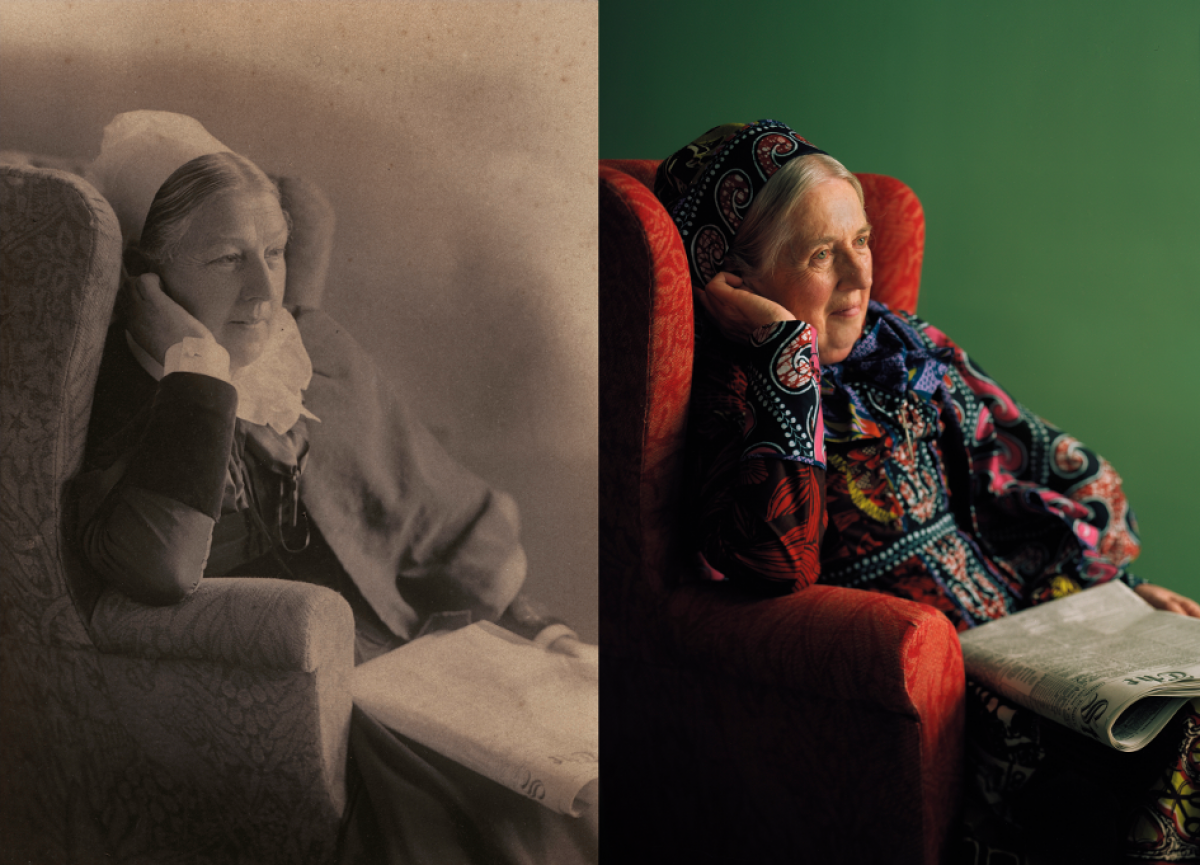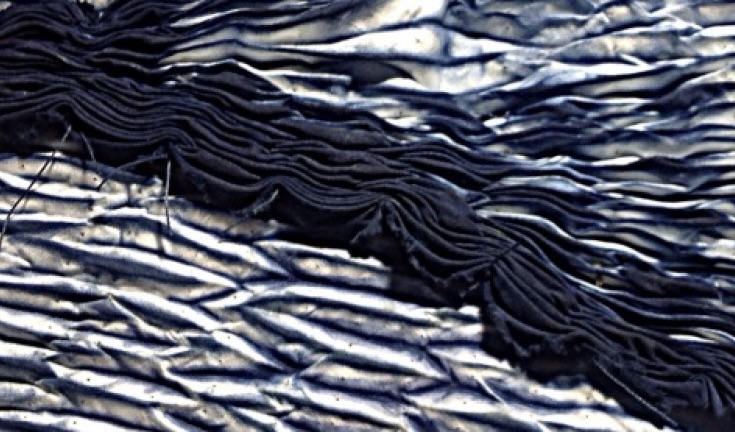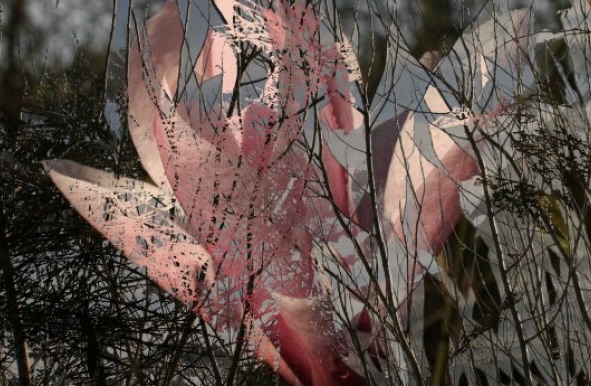
Deborah Baker
In Paradiso
EXHIBITION
Friday 5 September - Sunday 2 November 2014
Otherworldly images of rare and unusual plants
Having worked in late 1970s New York as Ralph Gibson’s assistant as well as assisting Mary Ellen Mark and Robert Mapplethorpe, Deborah Baker’s work now resides much closer to home. Her ongoing series In Paradiso has developed alongside the planting of her woodland garden, which Baker designed and established over the last eight years. Many of the plants are rare and unusual. She continually photographs the area to capture the metamorphosis of their growth and development in the garden.
Challenging clichéd representations of plants, Baker’s photographs are beautiful, richly coloured, sensuous, and otherworldly. Each image captures the varied conditions of light and time of day to depict the cycle of growth and decay. In the final stages of image development, Barker uses digital montage and layering techniques to increase perception of space and create intense visual resonance.
Baker gives each image a hybrid title created from fragments of the names of the actual plants photographed, which are recognisable and purposely disordered in their representation.
An exhibition in the Discovery Lounge and Tea Room.
Image: Deborah Baker.
